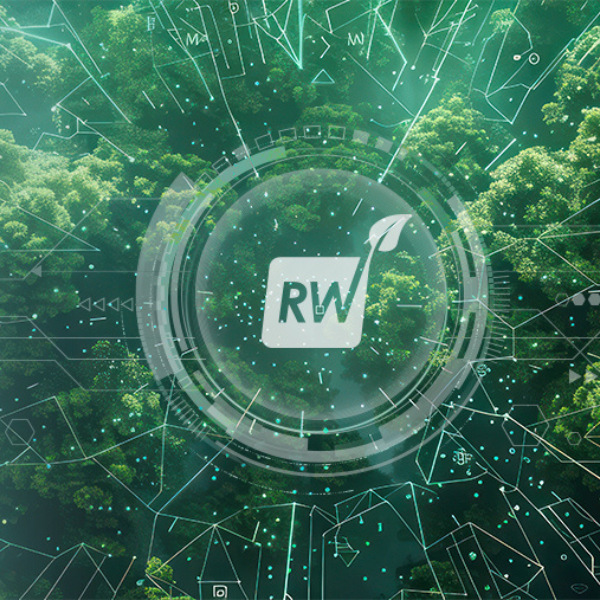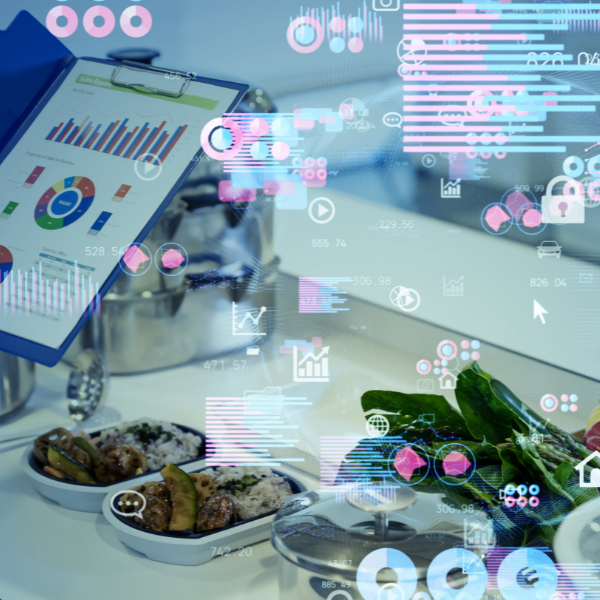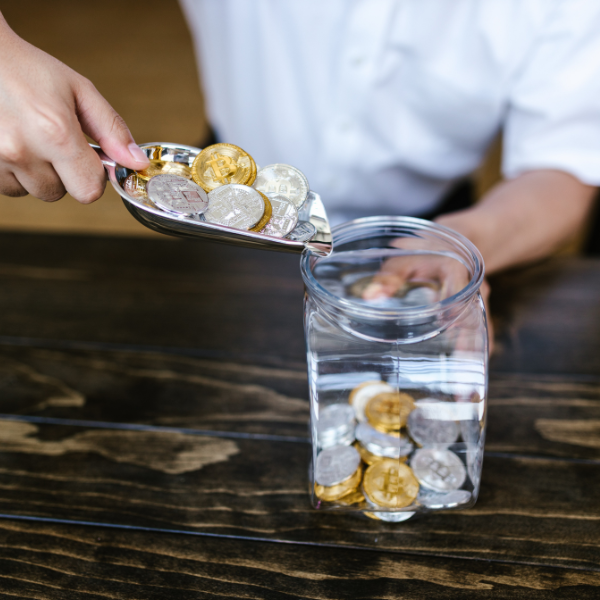In today's foodservice industry, sustainability isn't just a buzzword, it's a necessity. With increasing consumer awareness and regulatory pressures, understanding the environmental impact of your packaging choices is crucial. Whether you're a small café or a large restaurant chain, the packaging you choose reflects your brand's commitment to sustainability and influences your operational efficiency. This guide will delve into the best practices for conducting a packaging environmental impact assessment, helping you make informed, eco-friendly decisions that resonate with your customers and benefit the planet.
Understanding The Packaging Lifecycle
To assess the environmental impact of packaging, you must first understand its lifecycle. From production to disposal, every stage affects the environment differently. Here's a closer look:
- Raw Material Extraction: This initial stage impacts the environment through resource depletion and energy consumption.
- Manufacturing: Producing packaging materials often involves significant energy use and emissions. Opting for materials with lower carbon footprints can mitigate these effects.
- Transportation: The journey from manufacturer to your location contributes to the packaging carbon footprint. Lighter, compact packaging can reduce transportation emissions.
- Usage: While in use, packaging that extends food shelf life can reduce waste but may come with higher environmental production costs.
- Disposal: This final stage is critical. Packaging that is recyclable or compostable minimizes landfill contribution and can even enrich soil when disposed of properly.
Assessing Packaging Sustainability Metrics
Conducting a sustainable packaging assessment involves evaluating various metrics:
- Material Composition: Examine whether materials are recyclable, biodegradable, or compostable. For example, a restaurant could switch from traditional plastic to biodegradable packaging, reducing long-term environmental impact.
- Carbon Footprint: Utilize packaging carbon footprint analysis tools to measure emissions associated with packaging production and transportation.
- Waste Reduction: Implement strategies to reduce packaging waste by opting for minimalistic designs or reusable options.
- Lifecycle Analysis: Perform a comprehensive lifecycle analysis of packaging to understand its full environmental impact from cradle to grave.

Real-World Scenario: A Café's Journey to Sustainability
Consider a hypothetical café chain aiming to reduce its environmental impact. Initially using standard plastic containers, they conducted an eco-friendly packaging evaluation. They found that switching to compostable materials could significantly cut down their carbon emissions. By partnering with local composting facilities, they ensured that used packaging returned to the earth as nutrient-rich compost, reinforcing their brand's green image.
Choosing the Right Eco Packaging Assessment Tools
Selecting the right tools for your packaging environmental audit is essential. These tools can provide insights into the environmental costs of different materials and processes:
- Sustainable Packaging Assessment Tools: Platforms like Sphera or GaBi can offer detailed insights into packaging sustainability metrics, helping to make data-driven decisions.
- Eco Packaging Assessment Tools: These specialized tools focus on evaluating the biodegradability and recyclability of packaging options, allowing for a comprehensive eco-friendly packaging evaluation.
Implementing Green Packaging Solutions
Transitioning to sustainable packaging for foodservice doesn’t have to be complex. Here are some practical steps:
- Evaluate Current Packaging: Begin with a packaging sustainability analysis to identify inefficiencies and areas for improvement.
- Set Clear Goals: Establish targets for reducing the environmental impact of packaging materials, like achieving 100% recyclable packaging by a set date.
- Engage Suppliers: Work closely with suppliers to develop green packaging solutions that align with your sustainability goals.
- Educate Staff and Customers: Promote awareness of your sustainable efforts through staff training and customer engagement, emphasizing the benefits of compostable packaging in foodservice.
Conducting a thorough packaging environmental impact assessment is not only vital for sustainability but also for aligning with modern consumer expectations. By embracing green packaging solutions and implementing effective waste reduction strategies, your business can significantly reduce its ecological footprint. Explore Restaurantware’s range of sustainable packaging options to find the best fit for your operational needs and sustainability goals. Your choices today can lead to a greener, more efficient tomorrow.
Q: Can sustainable packaging be as durable as traditional options?
A: Yes, many sustainable packaging options are designed for durability. Materials like PLA and molded fiber are both sturdy and eco-friendly.
Q: How can I measure the impact of packaging changes?
A: Utilize lifecycle analysis of packaging to track improvements and validate your packaging environmental impact assessment efforts.
Q: What if composting facilities are unavailable in my area?
A: Focus on recyclable packaging materials impact, ensuring your choices can be easily processed through existing recycling systems.









